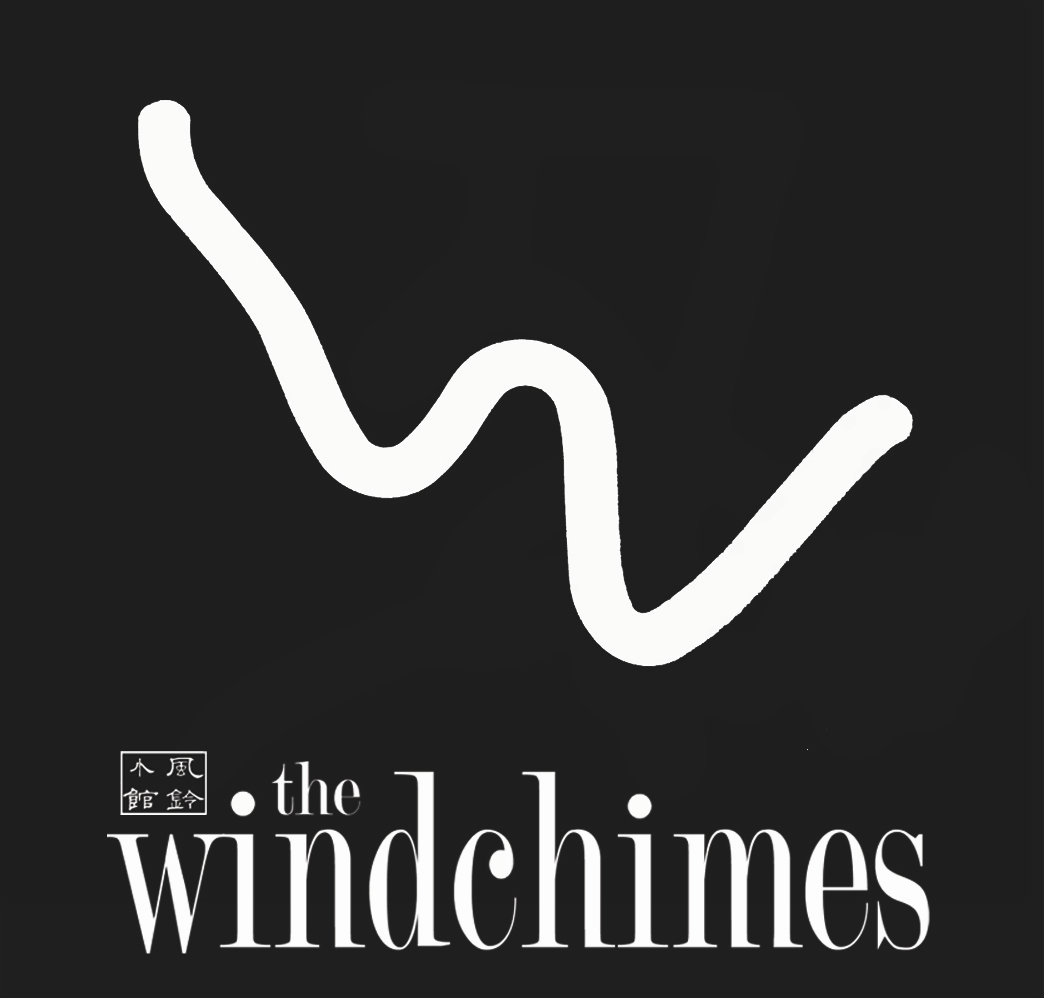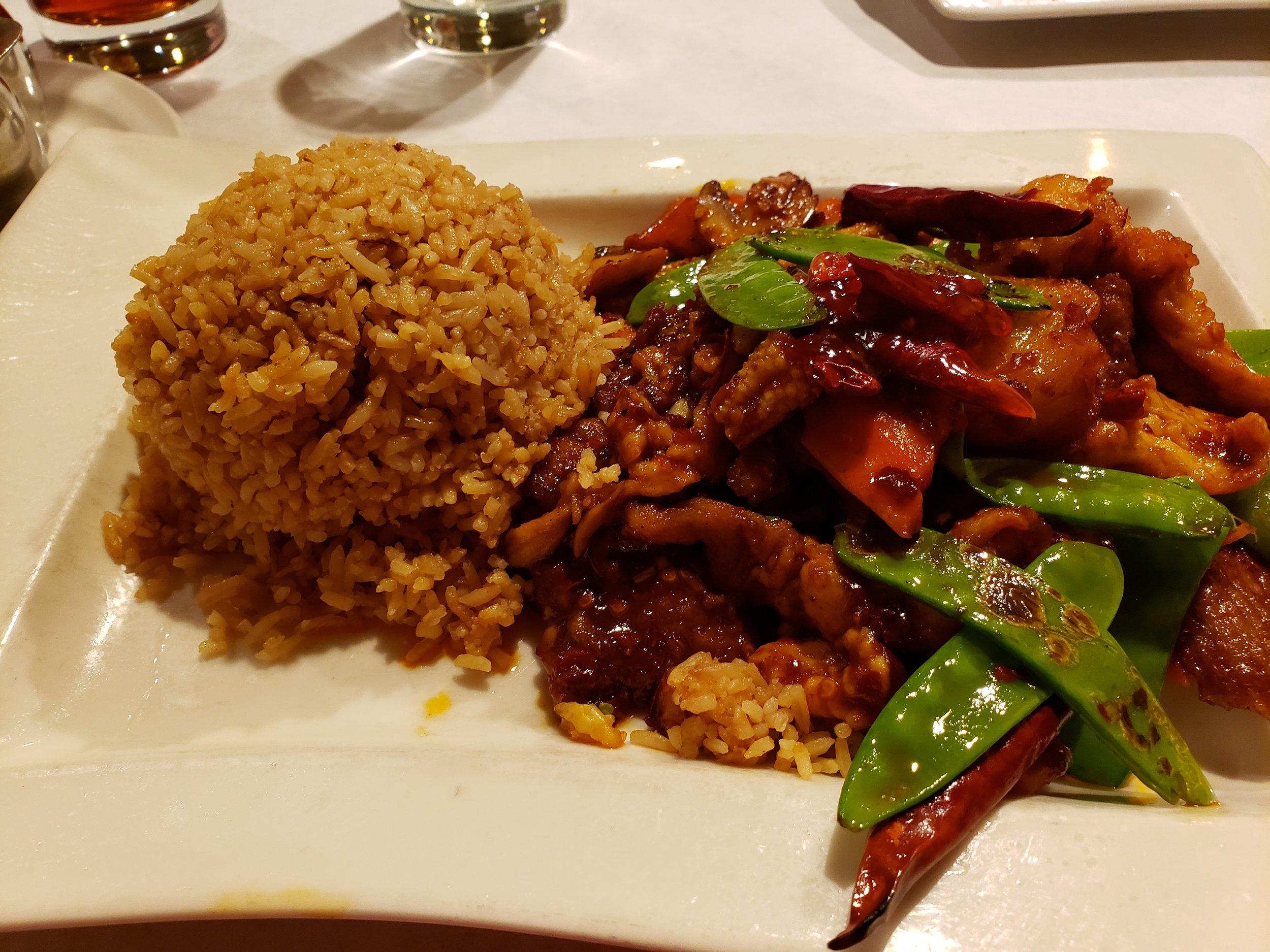Google Business Image from one of our customers
Windchimes has been so lucky to have such great customers through out the years. We are so happy that you enjoy our food and keep coming back for more!
We love to hear from you whether its through liking our Facebook posts or using our hashtag #WindchimesChinese food on any social media to connect all of us together.
One place that we’ve been seeing a lot of love is on Google Business. We get so many great reviews from you on our food and even get some great pictures too! We would love to celebrate how much you love us and will even feature your images on Facebook, Instagram, and Google Business. We love to see you get creative!
We love you and would love to show our appreciation! So, next time you’re in snap a picture and tag us #WindchimesChinese and find us on all the different types of social media!





